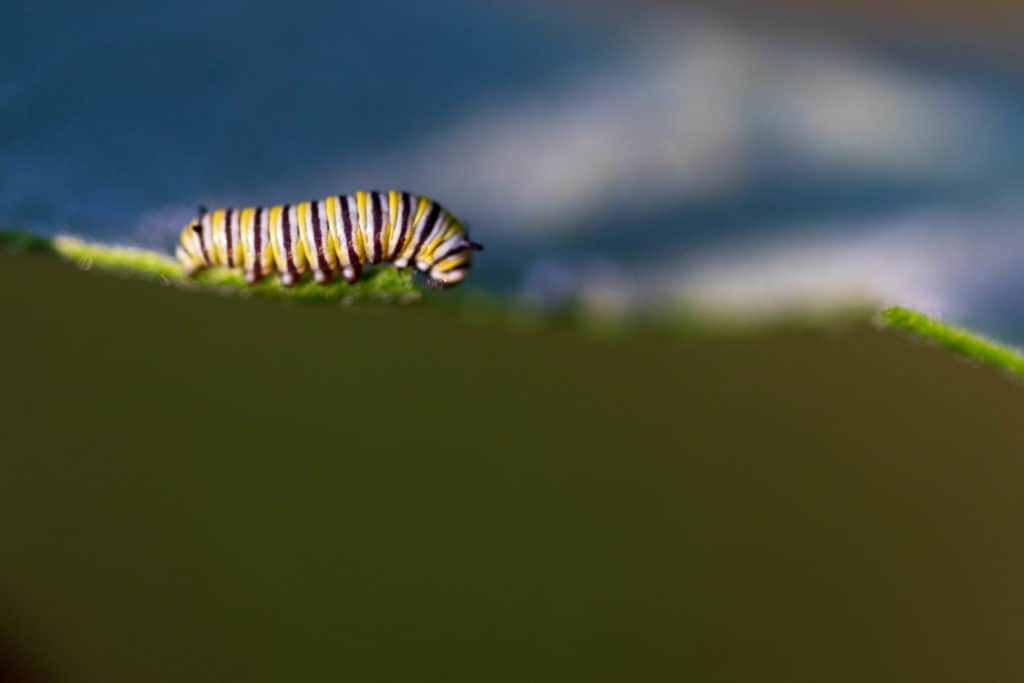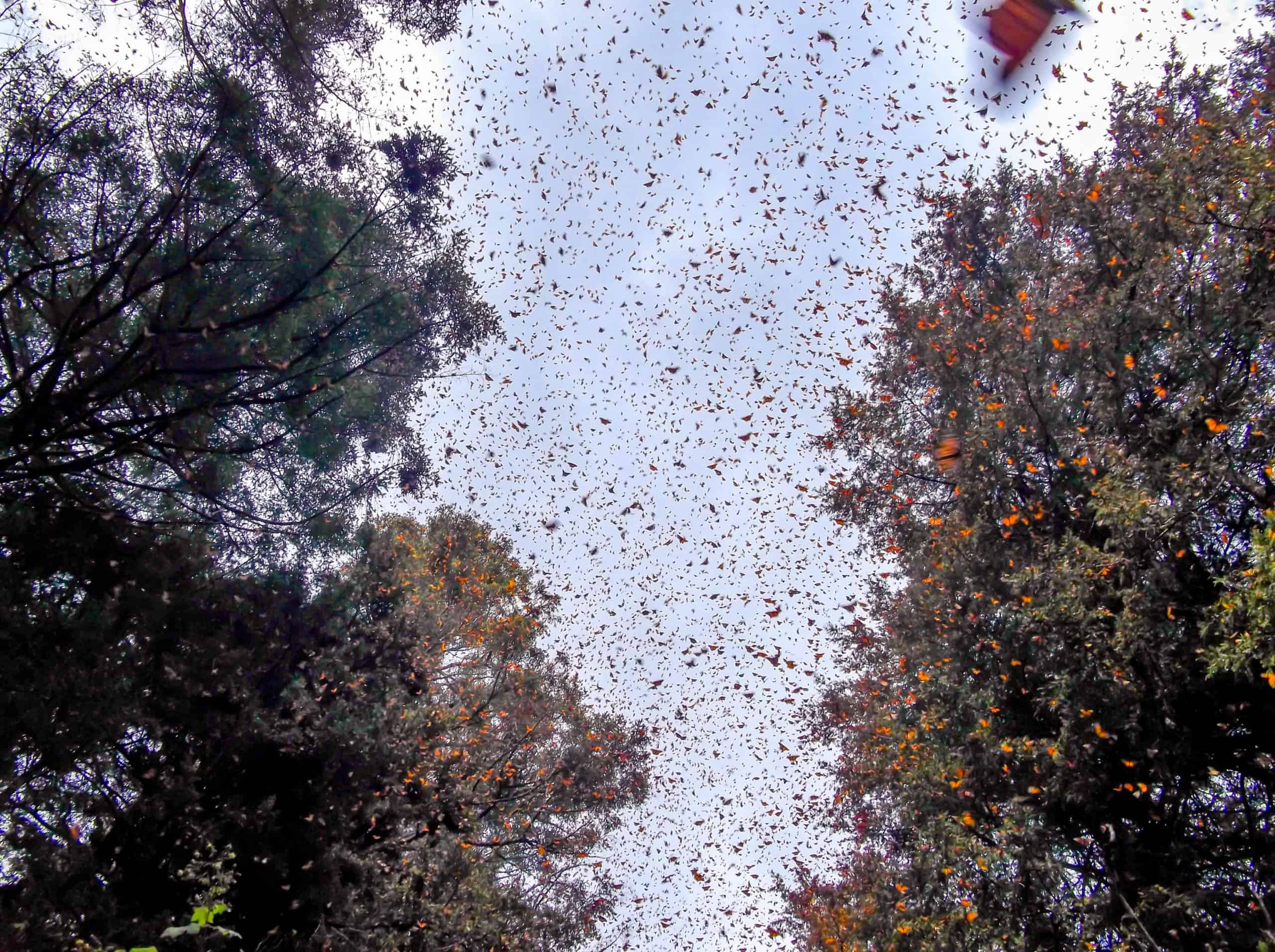Share this article
Eastern monarchs need more milkweed
Current conservation measures for monarch butterflies may be falling short, say researchers who created a model to analyze how the butterflies are faring.
Rodrigo Solis-Sosa, a veterinarian and PhD candidate at Simon Fraser University, first became interested in eastern monarchs (Danaus plexippus) while working on his master’s in Mexico. He wondered if conservation needed to be more focused in this area of their range where the butterflies overwinter.
“I realized at least theoretically, it would make more sense to focus most of the efforts on the southern part of the breeding range rather than central or north,” said Solis-Sosa, who led a study on the species in Frontiers in Environmental Science and also works with the a community science organization called eButterfly where people can track butterflies in their area. “In reality, efforts are being focused in the Midwest, or the corn belt.”
In the study, Solis-Sosa and his colleagues collected information on as many underlying dynamics as possible such as climate change, precipitation and milkweed growth to create a model showing their relationship to monarch numbers. Previous models used for setting up restoration strategies measure the potential area for milkweed availability, but those models assume that number is steady over time. “In reality, that’s not the case,” he said. There could be lots of rain one year and more milkweed, but hot with no milkweed another year.

Eastern monarch butterfly caterpillars depend on the milkweed for food. Credit: Rodrigo Solis-Sosa
Solis-Sosa used the model to determine if his hypothesis about the south being more important was correct. “In the end, our hypothesis was refuted,” he said, adding that the central part of their range is more important. Luckily, that’s where most of the conservation and restoration programs are currently occurring, he said. “But we still need some special care in the south, because it serves as a population’s safety net,” he said. In other words, if things go bad in the north or central region, but there is plenty of habitat in the south, “they’ll always be able to bounce back,” he said. “We don’t need that many stems in the south, but we need to protect the ones that are there right now.”
The team also used the model to determine whether the current goals in the Midwest are good enough. “With underlying dynamics, we realized that there is a disconnection between what science recommends and what policy sets,” he said.
They found that the current policy and goals fall short. One of the current goals suggests there need to be 1.2 billion additional milkweed stems for monarchs to have populations covering six overwintering hectares, but that assumes that each stem holds a certain number of monarchs. In reality, monarchs will not use all milkweeds as a result of individual idiosyncrasies or changes in temperature. “Monarchs are picky,” Solis-Sosa said. The model showed that monarchs actually need between 46% to 96% more stems than are currently being provided in the Midwest and central areas. Currently, monarchs only cover about 2.3 overwintering hectares, while the butterflies covered 18 hectares about 25 years ago.

Eastern monarchs overwinter in Mexico. Credit: Rodrigo Solis-Sosa
Solis-Sosa said his study only looked at milkweed strategies, but nectaring flowers are just as important for the insects to feed on. “The more stuff they can have to refuel, the better.”
Meanwhile, he hopes decisions-makers use this work when developing policies or strategies to conserve the monarch.
But governments should consider how social factors might affect conservation strategies. In Mexico, the government once kicked people out of the newly established Monarch Butterfly Biosphere Preserve to help conserve the insect in 2000. The people living there set fire to the land in retaliation, hurting themselves and the butterflies. “How people react to programs is a big component,” he said.
Header Image: An eastern monarch butterfly takes a short rest. Credit: Rodrigo Solis-Sosa








